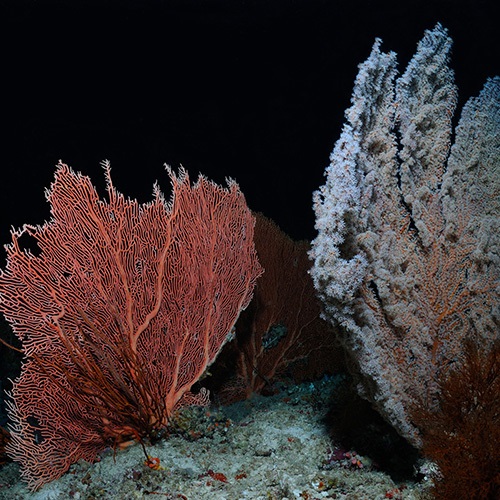MSC certified fisheries' practices help conserve more than large marine animals. The Oregon and Washington pink shrimp fishery off the west coast of the USA is working to protect a lesser-known fish.
Eulachon at risk
Climate change, habitat loss and the impacts of fisheries may all have contributed to declining numbers of eulachon. The species is now classified as threatened under the USA Endangered Species Act. In 2013, state fishery managers began to research ways to reduce the amount of eulachon caught. This came in response to a condition of MSC recertification.
LED lights reduce eulachon bycatch
Researchers found that by placing LED lighting on the foot ropes of the nets that reduced unwanted catch of eulachon by 80-90%. By 2018, 100% of vessels adopted this method. As a result of the success, the use of LED lights has spread to shrimp fisheries across California, Oregon and Washington. The addition of the LED lights helped not only eulachon: researchers found slender sole bycatch was reduced by 69%, dark-blotched rockfish decreased by 82% and other rockfish by 56%. No one knows how the lights reduce the catch. It could be that the light illuminates an escape path or that it encourages the fish to move downwards, or it might act as a warning to avoid the oncoming trawl. You can read more about the bycatch reduction and the fishery in the 2019 Pink Shrimp Review Newsletter.


Squat lobster fishery uses new science
A Chilean squat lobster fishery has been working with researchers to map its fishing grounds and better understand its impacts on deep sea habitats and ecosystems.

Tuna fishery works to reduce bycatch
How the island nation of Fiji is leading the way in reducing accidental catch in longline tuna fisheries.

Collaboration helps secure Barents Sea cod stocks
North East Arctic cod and haddock thrive in the Barents Sea due to good management and international collaboration.

Fisheries improving
MSC certified fisheries are continually improving to minimise environmental impacts.
